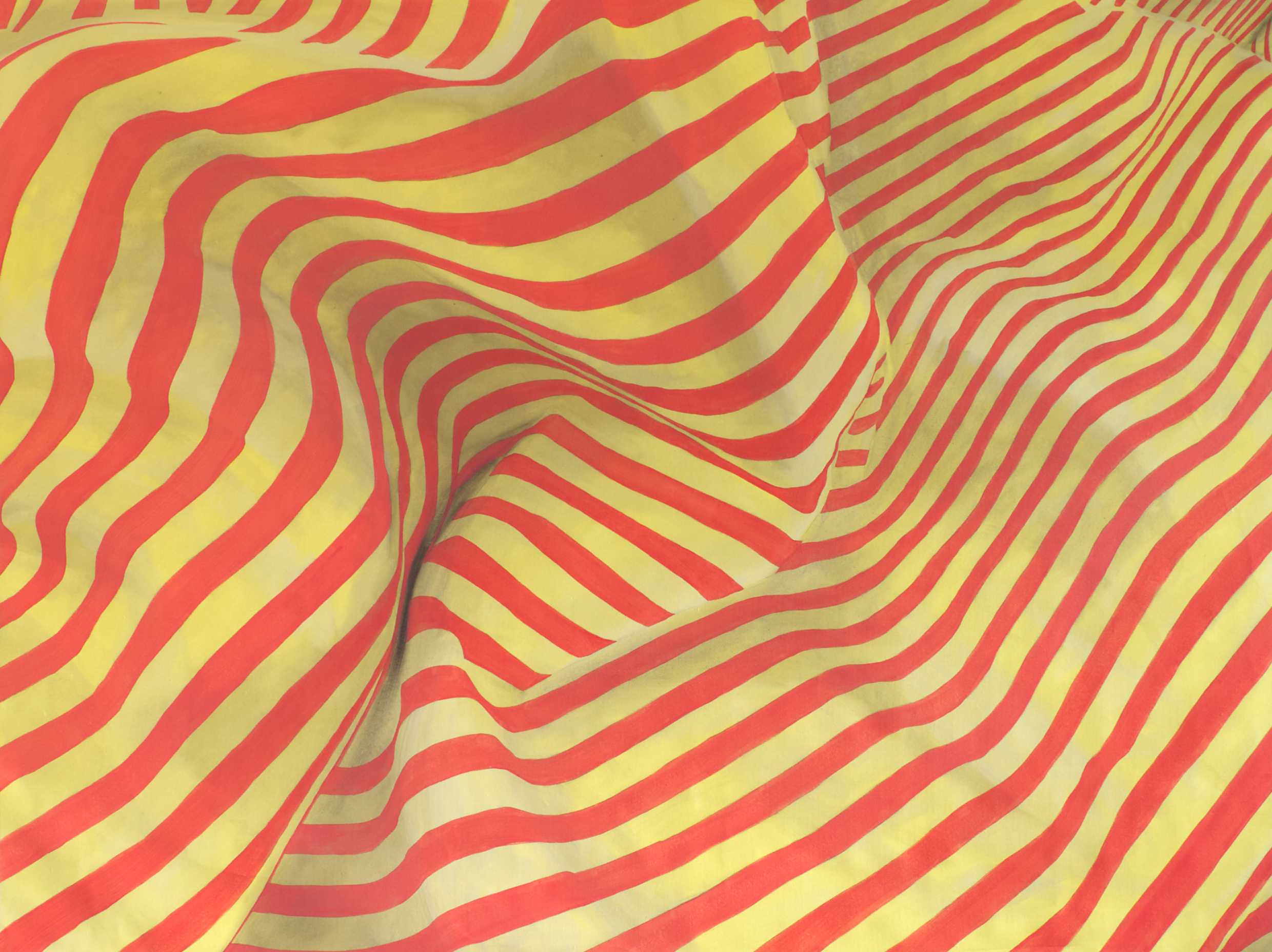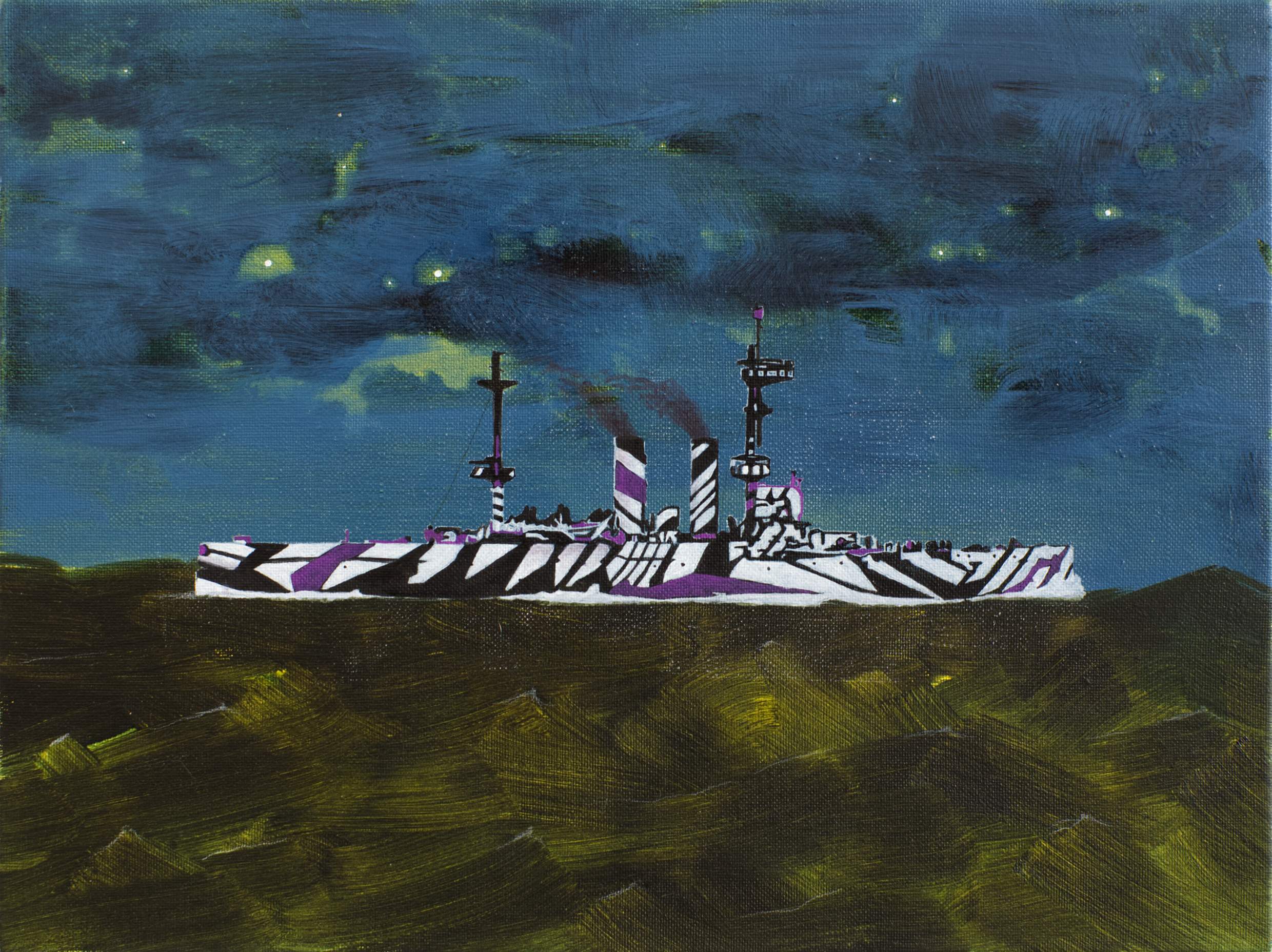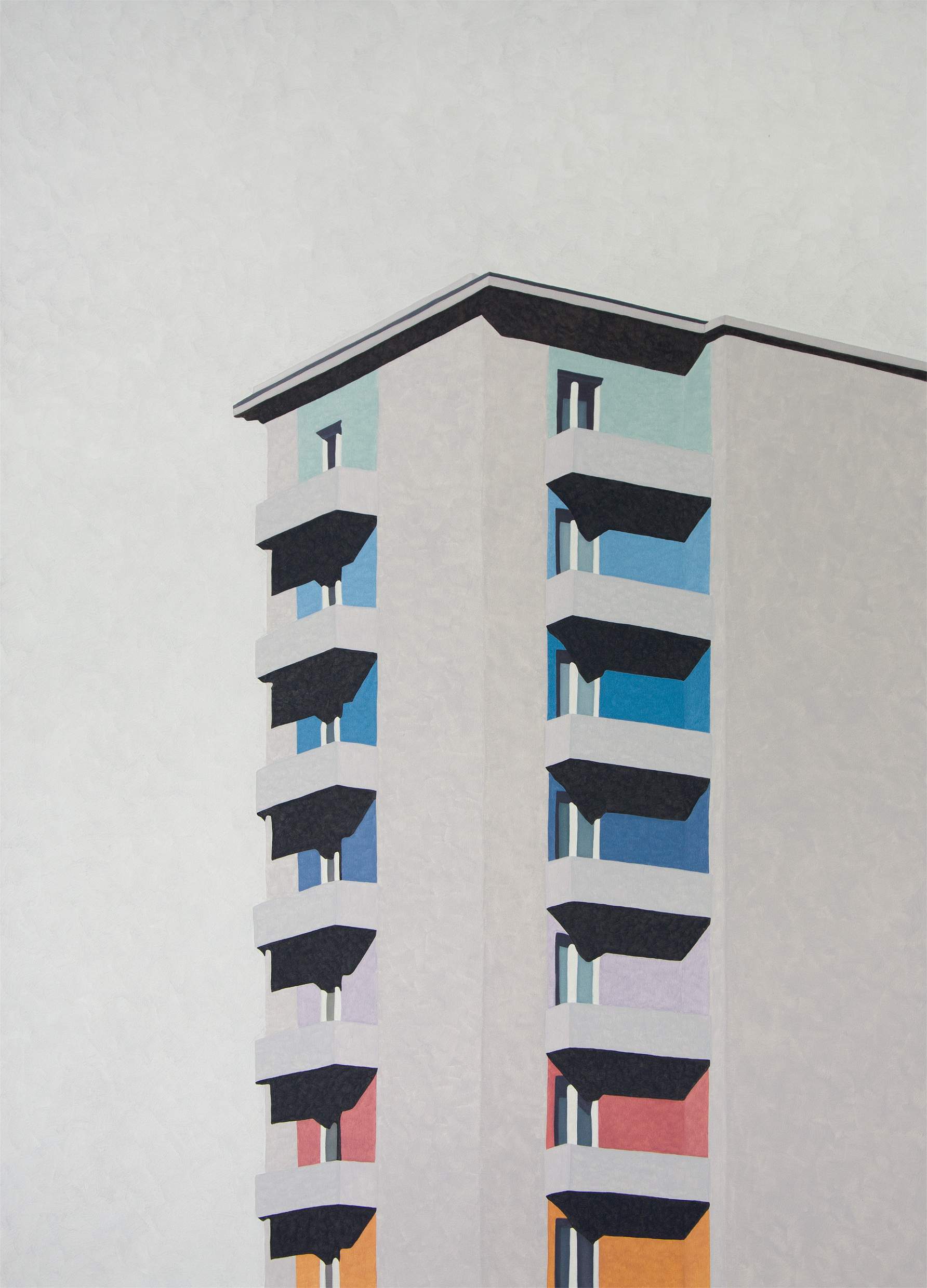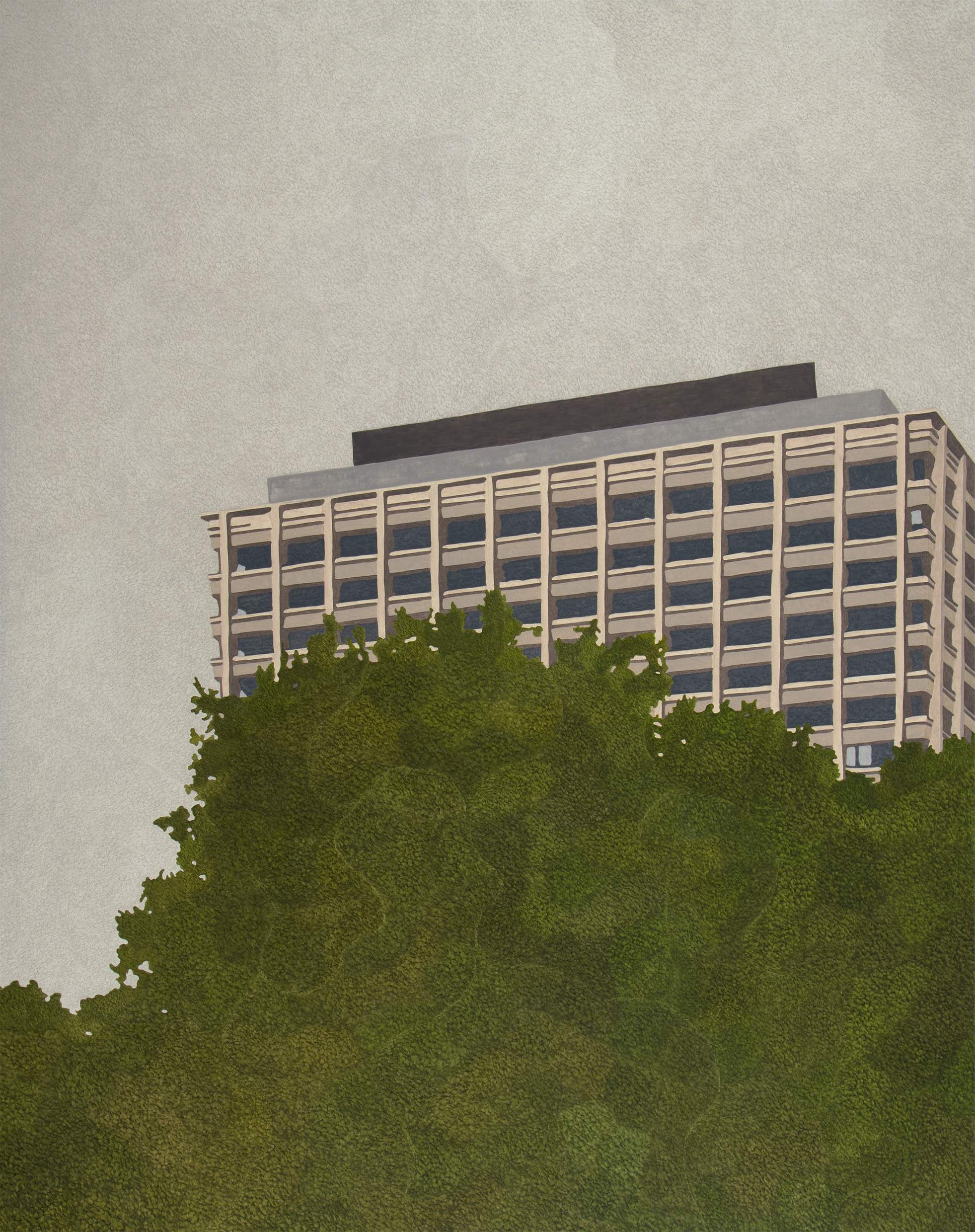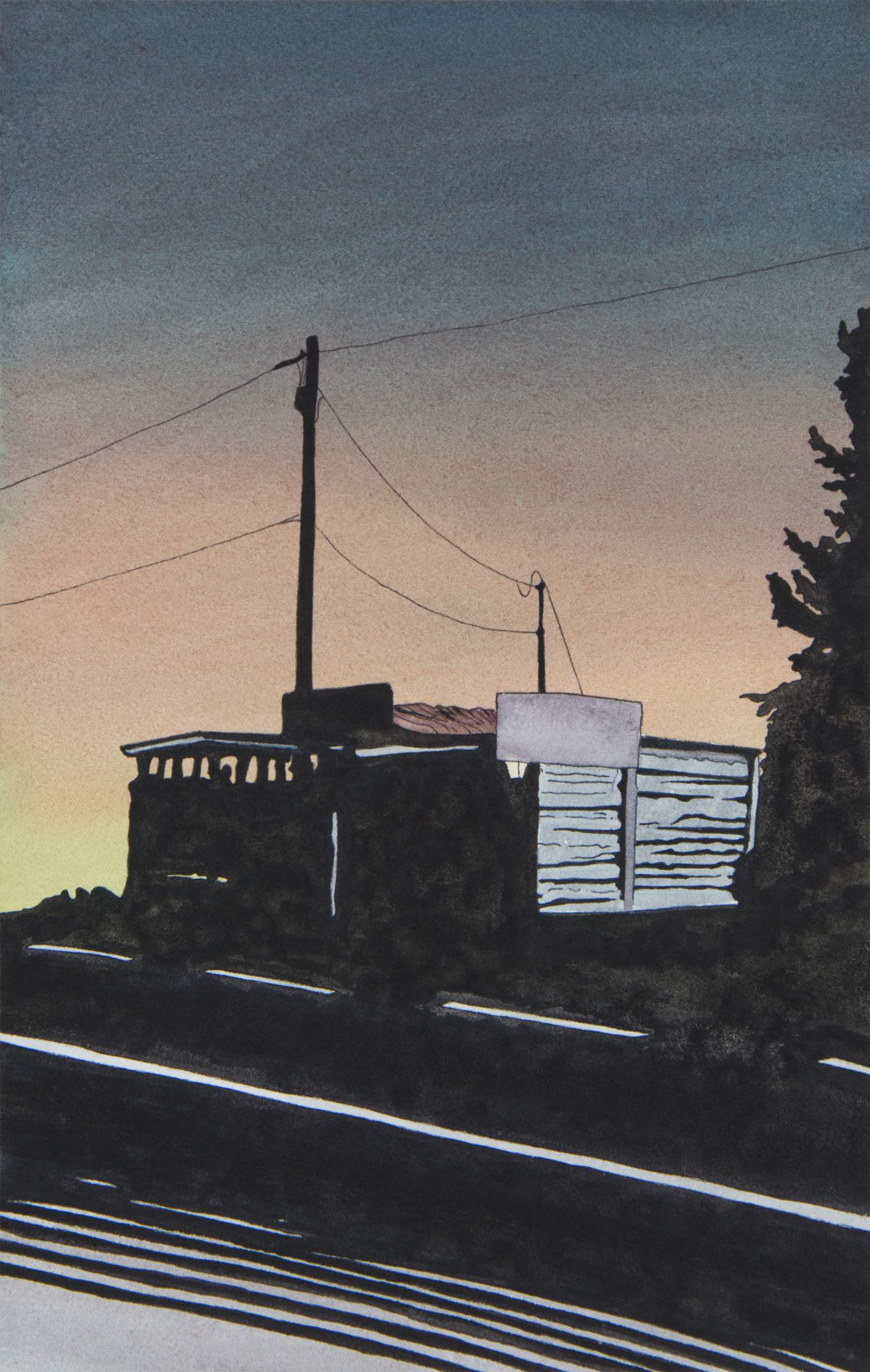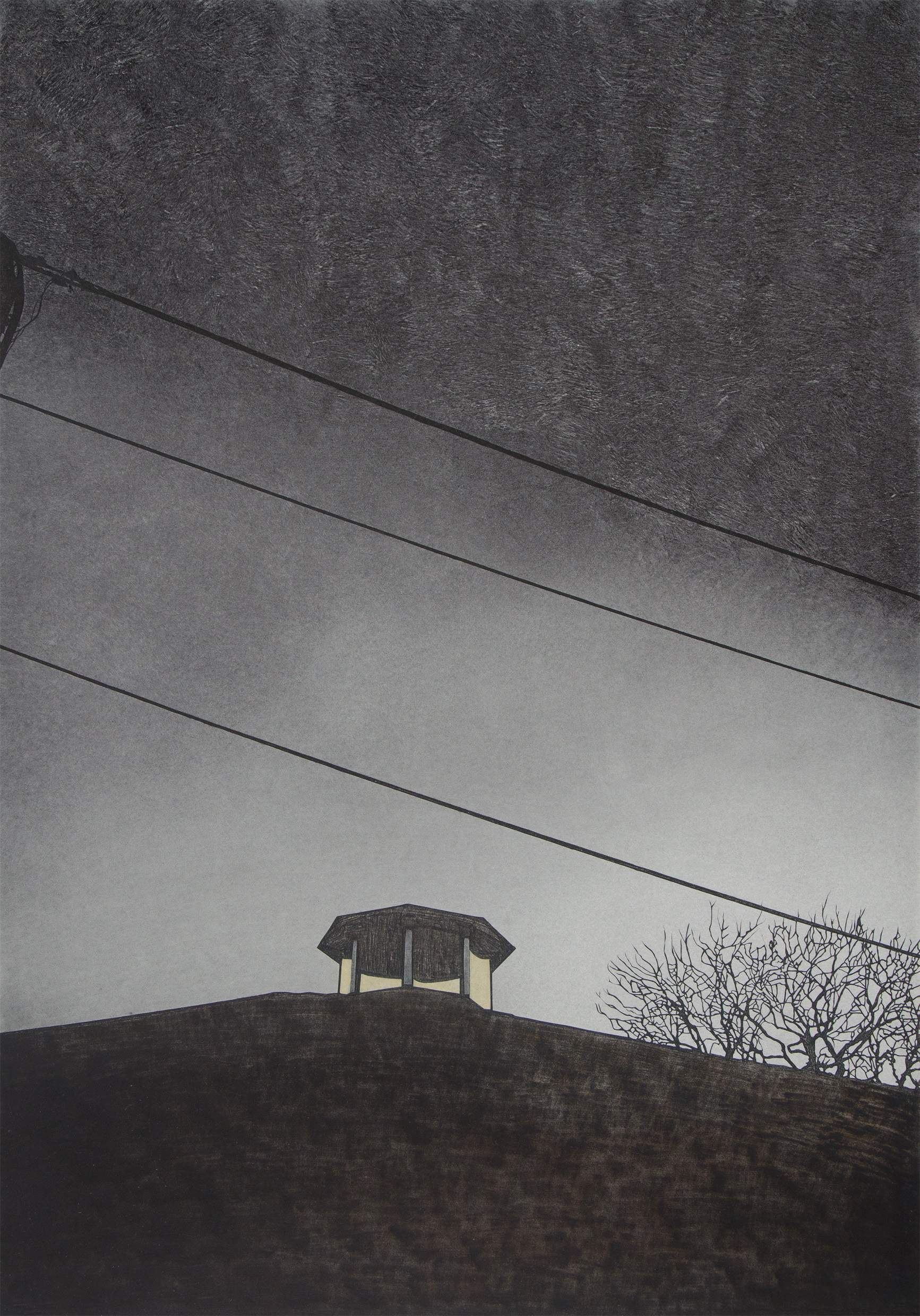What Goes Around
We find ourselves in a time in which a confluence of contemporary crises has had profound effects on the ways we live our lives. They have taught us not to take our relative comfort as citizens of the developed world for granted and amplified the inequities present all around us from the local to the global level. While the work does not claim to present concrete solutions to the most pressing issues we face, they do provide the viewer with observations and meditations based on our common reality; and in doing so, even finds grace, solace, and humor in what have been trying times.
DIRECT TRANSIT
Direct Transit traces processes of migration. It draws on public and private archival and source material including objects, records, images, and oral histories as points of departure for creating documentary and associative works of art on migration, loss, and multi-generational memory. The project visualizes the journey of reuniting with, and rediscovering personal and cultural histories, and investigates the deeper contexts and repercussions of migration and the implications thereof on contemporary socio-cultural and political phenomena.
Variations - Kulturengefechte
Following an in-depth investigation into post-war modern architecture, Patzak has now shifted his focus to the details: shapes and patterns. While continuing to incorporate impressions of architectural elements inspired by buildings in Western Europe and the US, the works in "Variations - Kulturengeflechte" make ample reference to historically non- Western patterns, and investigate the borders between what have, in modern history, been identified as cultural markers and separate contexts.
Unugly Buildings
With his series Unugly Buildings, the artist Fabian Erik Patzak reconsiders the aesthetic and critical evaluation of mid-century modernist structures as “ugly.” Focusing on the materials of these buildings, and their interplay with the natural environment, Patzak explores some of the formal qualities that endowed modernism with a sense of opportunity and expressiveness in its early manifestations. And by isolating the structures from the landscape, he reframes previously dismissed work by architects, like the Austrian Georg Lippert, in new angles, providing the viewer with unexpected glances at familiar places, as well as vistas free of the cultural and psychological conditioning that often factors into analyses of architecture, particularly its elevation to the status of “beautiful,” or relegation to “ugly.”
In Lieu Of
The emotional resonance of architectural space has been investigated by numerous artists, architects, and critics. Whether their responses are conditioned through social or cultural interactions, memory, or personal relationships to light, color, and form, the individual ́s experience of the built environment, or place – its phenomenological and more psychologically charged metonym – is unique. The open-ended meanings and interpretations of those experiences are formed through concrete interactions with shapes and materials as well as by the aspirations and thoughts with which the mind fills man-made – and natural – space.
ESG
Inventing Experience
In this collection of work, Fabian Erik Patzak extends and refines the concerns of his past projects through an exploration of the psychological connections attached to architectonic spaces, whether perceived through lived experience, memory, emotion, thoughts, or dreams. Similar to Adolf Loos and Frederick Kiesler, who schematized architecture and its interiors to include the mental and tactile, Patzak dispenses with time and scientific observation to construct space and considers the phenomenological and psychic values that shape perceptions of both literal and metaphorical environments.
ESG


